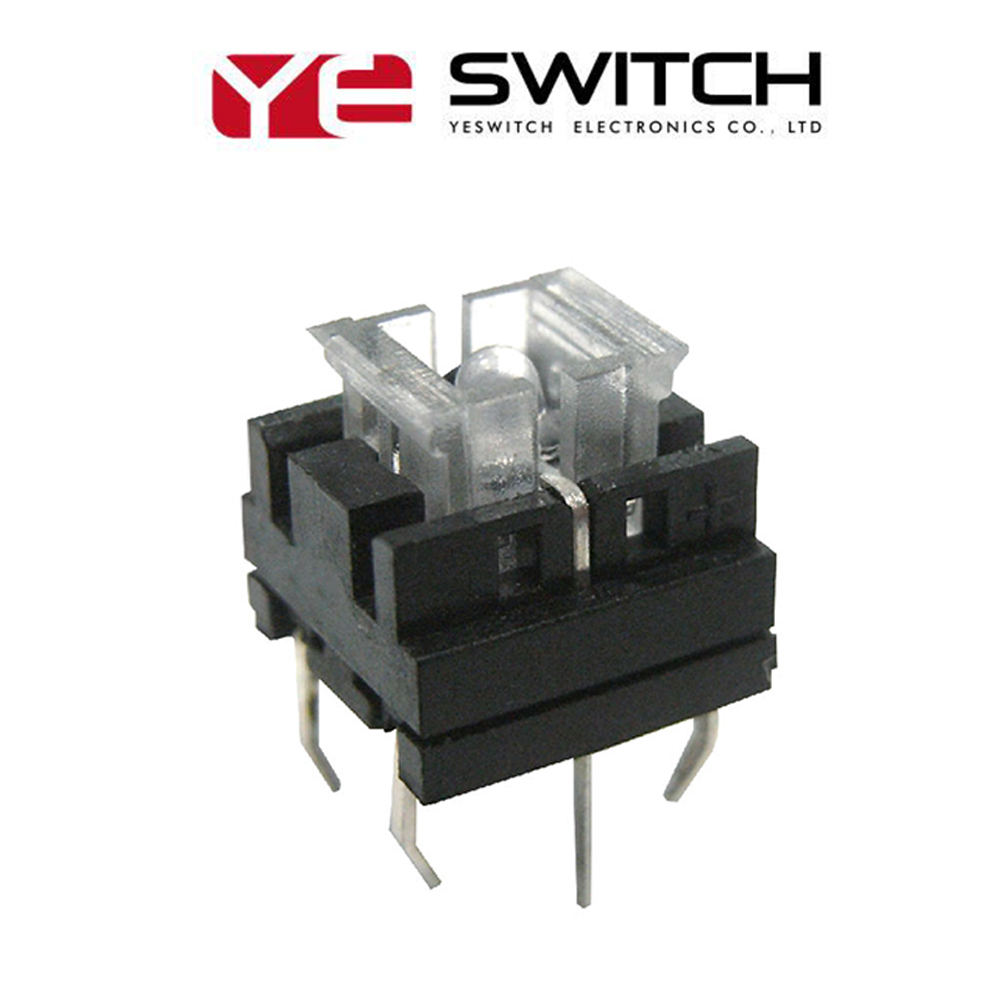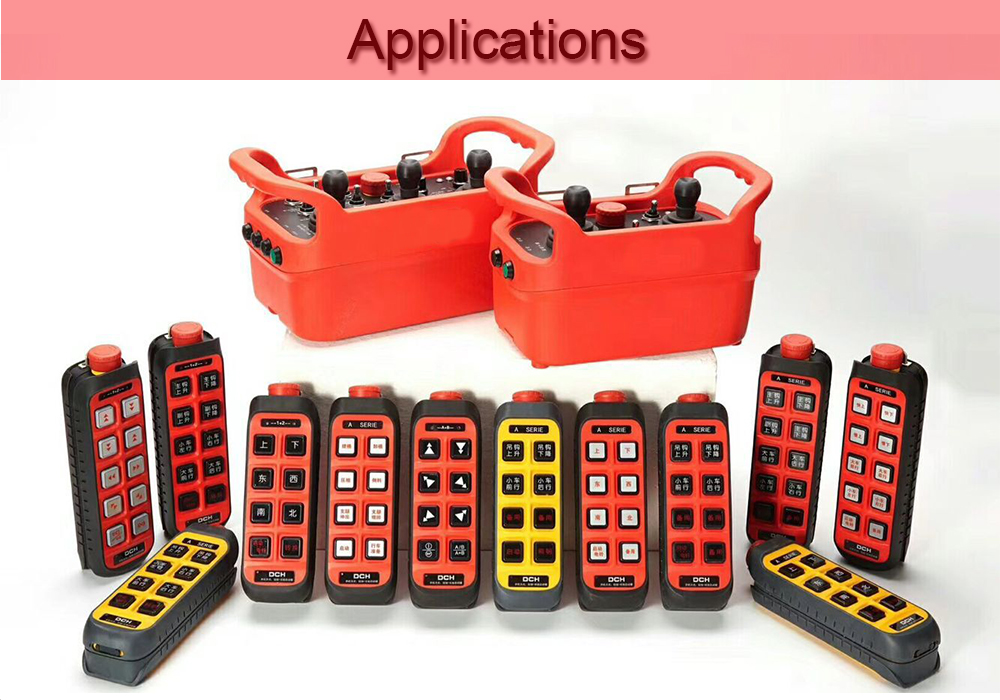In recent years, lighting has become an important area for countries around the world to promote energy conservation and environmental protection. According to statistics, about 20% of the world's electricity is used for lighting every year, and about 40% of this energy is used for inefficient incandescent lighting. With the continuous improvement of LED in almost every aspect of light output performance, cost, etc., LED general illumination has become a very attractive alternative solution for traditional lighting such as incandescent lamps.
Typical LED general lighting applications include bulb and fluorescent tube replacement, recessed lights, street and parking lights, work lights (table lamps, cabinet lighting), landscape lighting, billboard text circuits, building lighting, and more. LED street lights have higher power, typically between 50 W and 300 W; LED building and area lighting applications typically range from 40 W to 125 W, which is a medium power range; below 30 W can be collectively referred to as low power. LED lighting applications, including specific pointing lighting, such as cabinet lighting, recessed lights, spotlights PAR20/30/38 lighting replacement, table lamps, etc., and omnidirectional lighting, such as accent lighting, home appliances, general lighting A-type lamp replacement, decorative Lamps and ceiling fan lights, etc. This article will focus on low-power LED general-purpose lighting applications with powers below 30 W and the corresponding energy-efficient solutions from ON Semiconductor.

Factors to consider when selecting a driver for low-power LED lighting applications
The main function of the LED driver is to limit the current under operating conditions, regardless of the input and output conditions. Its application design faces a variety of constraints, such as high energy efficiency (low loss), cost-effective, wide environmental conditions, high reliability, flexibility, compliance with electromagnetic interference (EMI) and harmonic content, etc. There are applications and can work in traditional control methods.
Choosing the right driver for low-power LED applications is not easy and requires different factors. For example, the commercial and residential markets have different requirements for LED luminaires in terms of operating temperature, duration of use, performance, and industry standards such as Energy Star. In addition, bulb replacement applications have unique challenges, such as LED power and driver thermal limitations, limited size, and compatible dimming technology.
In terms of standards applicable to LED general illumination, there are mainly power factor correction (PFC) standards required by the US "Energy Star" and the International Electrotechnical Commission (IEC) limits for total harmonic distortion. Among them, the "Energy Star" V1 version of the lamp standard requires LED lighting fixtures with PFC, suitable for specific products such as recessed lights, cabinet lights and table lamps, but has nothing to do with power levels. This standard requires residential applications with a power factor (PF) greater than 0.7, while commercial applications are above 0.9. This standard is a voluntary standard and will be implemented in September 2011. The "Energy Star" version 1.1 integral LED bulb standard came into effect in August 2010, requiring a lamp power factor higher than 0.7 for input power above 5 W.
As mentioned earlier, there are many factors to consider when choosing the right driver for low-power LED lighting applications. Among them, industry standards such as power factor are particularly important. Next, we take an example of ON Semiconductor's related products to explore how to provide high power factor in low power lighting applications.
Solutions to improve energy efficiency in low-power LED residential lighting applications
For example, for residential lighting and cabinet lights, power is typically between 3 W and 8 W. Such low power applications are best suited for isolated flyback topologies. However, the traditional offline flyback power converter uses a full-wave rectifier bridge and a large capacitor in front of the switching regulator. The power utilization of this configuration or the PF of the input line waveform is low, only in the range of 0.5 to 0.6.
This will introduce PFC. If the active PFC such as NCP1607B can be used before the flyback converter, it can provide PF higher than 0.98, but increase the component quantity and complexity, and the most suitable power is much higher than the application requirements. . There are many passive PFC solutions that can improve PF, but usually use more extra components, increasing cost and board space, and reducing reliability.
The Tact Switches, also called theTactile Push Button Switches, is used to meet the operating force to apply pressure to the switch operation direction. The switch function is closed and closed. When the pressure is released, the switch is opened, and the internal structure is realized by the force change of the metal shrapnel.
The Momentary Tact Switches has the advantages of small contact resistance, precise operating force error, and diversified specifications.We have a variety of Mini Tact Switches, including TK series, BP Series and other series. This Tactile Button offers many options on the item of circuit, comprising a single pole, single throw switch, or a single pole, double throw, double action switch.

This Push Button Switches that is PCB mounted and has a long travel. The distinctive feature is the double action of the double throw switch; It will actuates when press mid-travel and , then continue pressing for another actuation at full travel.
The applications of this Led Light Switches is including Audio and video products, digital products, remote controls, communication products, household appliances, security products, toys, computer products, fitness equipment, medical equipment, counterfeit pens, laser pointers, etc.

Tact Switches
Micro Switches,Mini Switches,Micro Limit Switch,Micro Switches Types
YESWITCH ELECTRONICS CO., LTD. , https://www.yeswitches.com